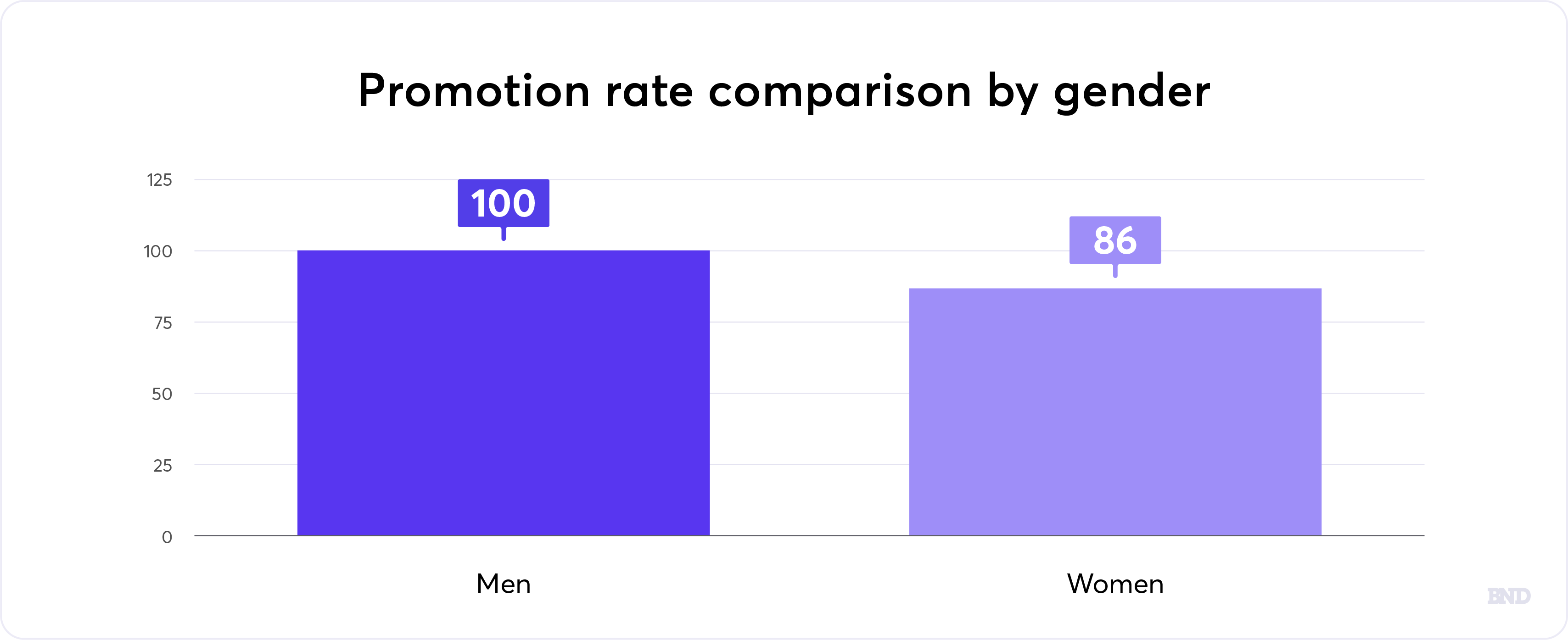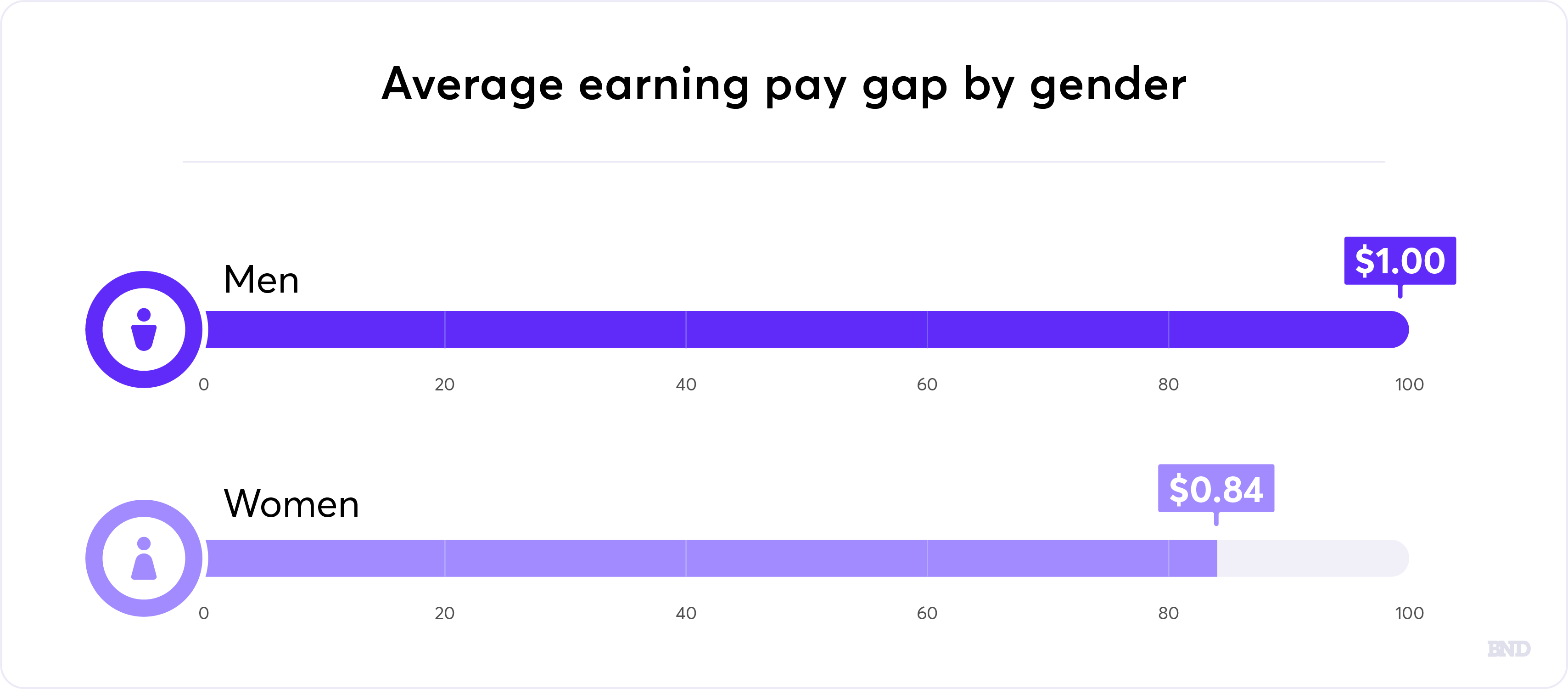
Skye Schooley, Business Operations Insider and Senior Lead Analyst
Despite increased publicity and discussions surrounding the inequalities women face in the workplace, there remains a tremendous amount of work to be done to close the gender gap.
According to a McKinsey study on women in the workplace, corporate America has made important progress improving women’s representation over the past few years, especially since the start of the pandemic, but there is still more progress to be made. The research shows that women are underrepresented at every level, and women of color are the most underrepresented group of all, lagging behind white men, men of color and white women. The study revealed that the underrepresentation of women in high-level roles isn’t due to lack of education or attrition rates.
Mandy Price is the co-founder and CEO of Kanarys Inc., a platform that gathers and analyzes cultural and demographic data to help organizations build more inclusive work cultures. At Kanarys, she is witness to the inequality and lack of action that society still suffers from today. Price said that the current gender gap should serve as a wake-up call to our business leaders.
“It is disconcerting to see that even though the business community is well aware of the benefits of a diverse workforce – such as innovation, employee retention and increased financial returns – there is still a lack of progress in closing the gender gap,” Price told Business News Daily.
Although there has been some progress in women’s representation over the past few years, the McKinsey study showcases the disparity between men and women in the workplace. It finds that women are less likely to be hired into entry-level jobs than men, even though they currently earn more bachelor’s degrees and have the same attrition rate. As employees move up the corporate ladder, the disparity increases. For every 100 men promoted to manager, only 86 women achieve the same status.

The lack of entry-level women hires results in fewer qualified women to promote from within. This creates a vicious cycle, which the McKinsey report anticipated would continue until companies take dedicated action toward gender equality.
“Although companies have long pronounced commitments to gender diversity, it’s important to remember that only active and intentional actions on the part of employers to enlist women in the workforce, at all levels, will help toward narrowing the gender gap,” Price said.
Equal Pay Day represents how far in the year women must work in order to make the same amount of money men did in the previous year. Since women typically earn less than men, currently 84 cents on the dollar, they would need to work 42 days longer to earn the same amount of money. This wage gap is often even greater for women of color.

Equal Pay Day was started in 1966 by the National Committee on Pay Equity as an act of public awareness to demonstrate the wage gap between men and women. Employees are encouraged to wear red on Equal Pay Day to support the movement. This color symbolizes how far women are in the red with their salaries.
Did You Know?
Equal Pay Day isn't always on the same date. In 2022 and 2023, Equal Pay Day will fall on April 2. However, in 2021, Equal Pay Day was on March 31.
Legal changes aside, companies can focus on cultural and organizational changes to reduce gender inequality. It is not enough to simply hire more women, although that is a start. Businesses must make an effort to both close the gender gap and make their workplaces truly inclusive, since diversity alone doesn’t create inclusive workplaces.